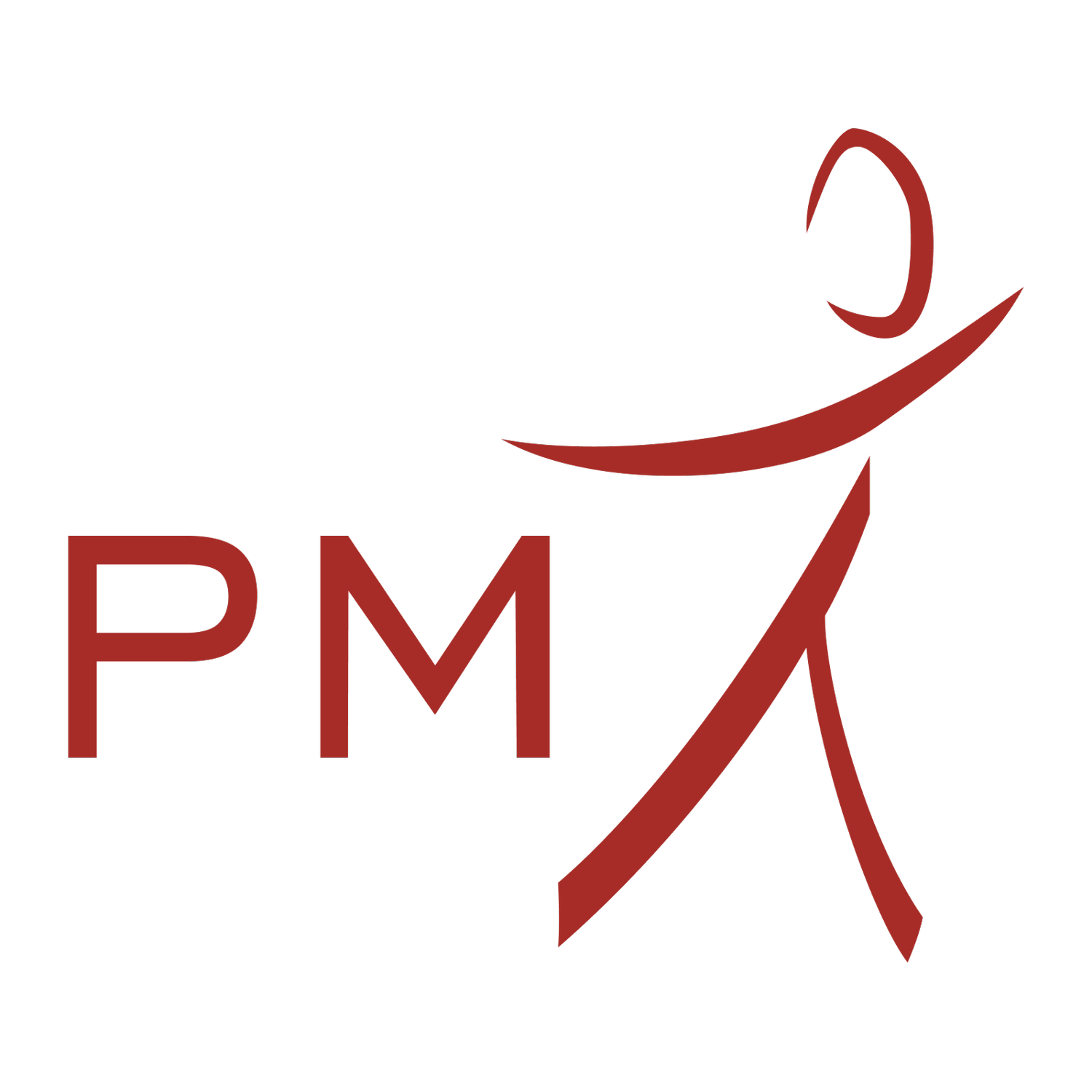Heel Pain & Sever’s Disease
Sever’s Disease (calcaneal apophysitis) is an inflammation of the growth plate in the heel of growing children due to the pulling of the Achilles tendon
What is Sever’s Disease?
Sever’s Disease (calcaneal apophysitis) is an inflammation of the growth plate in the heel of growing children due to the pulling of the Achilles tendon.
Sever’s disease is a common sports injury in adolescents between the ages of 8 and 14 years.
It is characterised by pain in the heel region, most often during and after activity.
What are the risk factors for Sever’s Disease?
The primary causes of Sever’s Disease are flat feet (pronated foot type), tight calf muscles, growth spurts, increased or altered training load, inappropriate footwear, football boots and hard playing surfaces.
How Can Physiotherapy Help?
Our therapists at PhysioMotion address any bio-mechanical issues to ensure optimal outcomes for our clients.
We also advise on appropriate footwear for all sports including running.
Detailed assessments of your body type, running style, volume of exercise and any injuries will be reviewed when making the appropriate choice of footwear.
Treatment for Sever’s Disease
Once a full assessment and diagnosis has been made by our Physiotherapist, resolution of pain is most often achieved through a combination of treatment modalities.
Usually, Sever’s Disease often resolves when the growth plate closes as adolescents mature or by reducing activity. However, to minimise pain and prevent its recurrence, the following regime is recommended:
Ice / heat therapy
Apply ice for 10-15 minutes to the painful area using a damp towel to protect the skin from an ice burn. Wait 5 minutes. Apply a heat pack for 10-15 minutes as above. Recommended twice daily.
Exercise program
Compliance with the exercise program prescribed by your therapist e.g., calf stretches. Each program will be customised for your body to specifically target your causative factors as prescribed by your therapist.
Anti-inflammatory gel
For adolescents over the age of 12, application of an anti-inflammatory gel such as Voltaren Emulgel to the affected area (first 2 weeks of treatment only).
Rest & activity modification
Footwear modification
Shoes with a heel elevation of approximately 2cm will be more comfortable when acute
Flexibility at the toe box of the shoe
Heel raisers or orthoses (orthotics)
Minimise barefoot walking that causes pain



